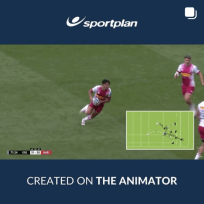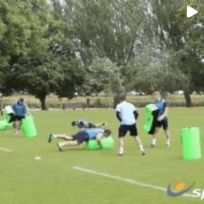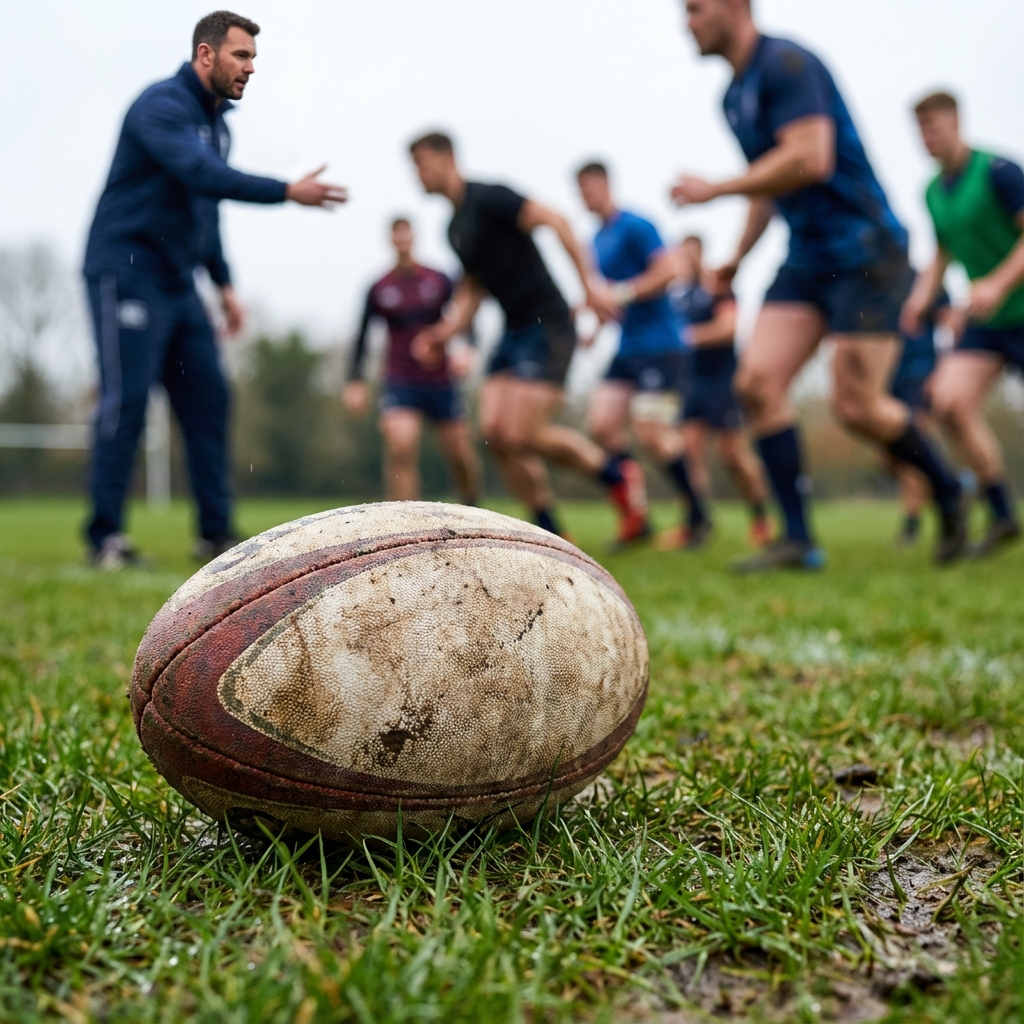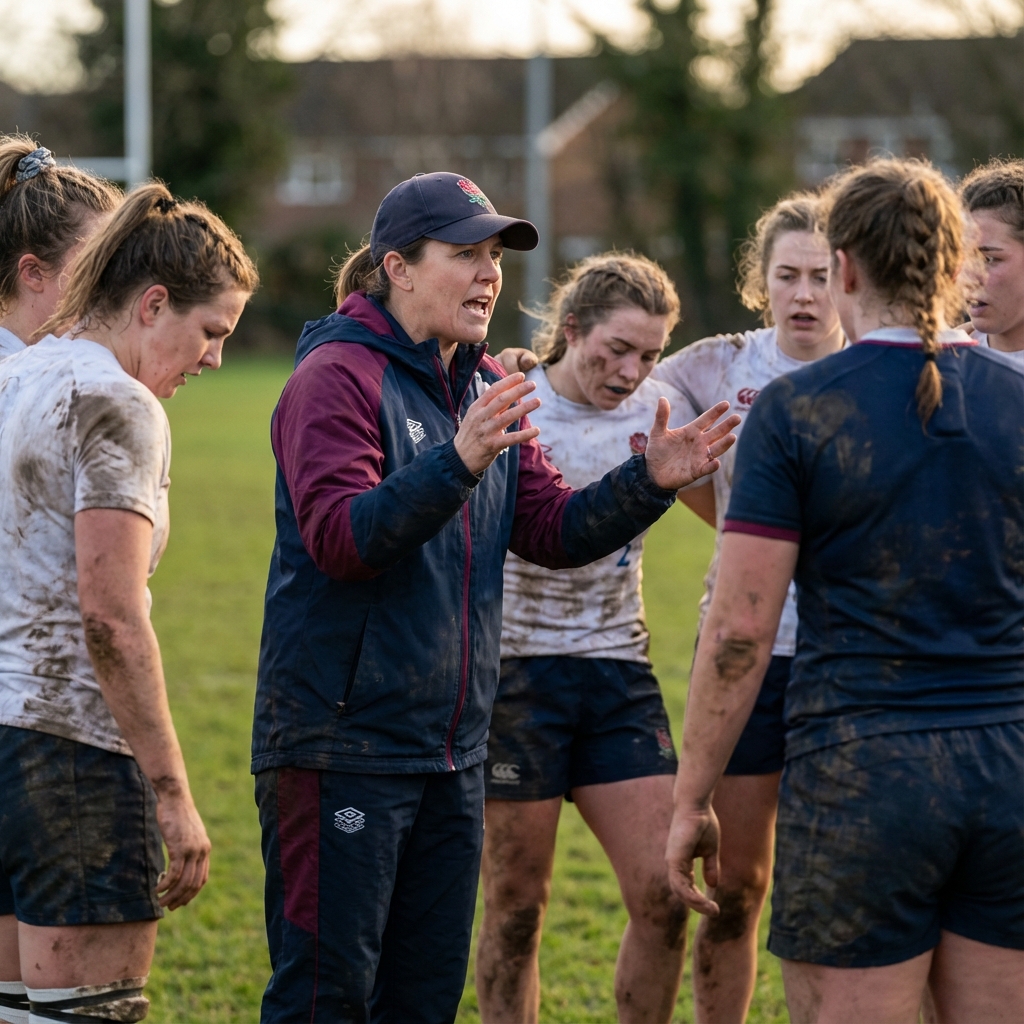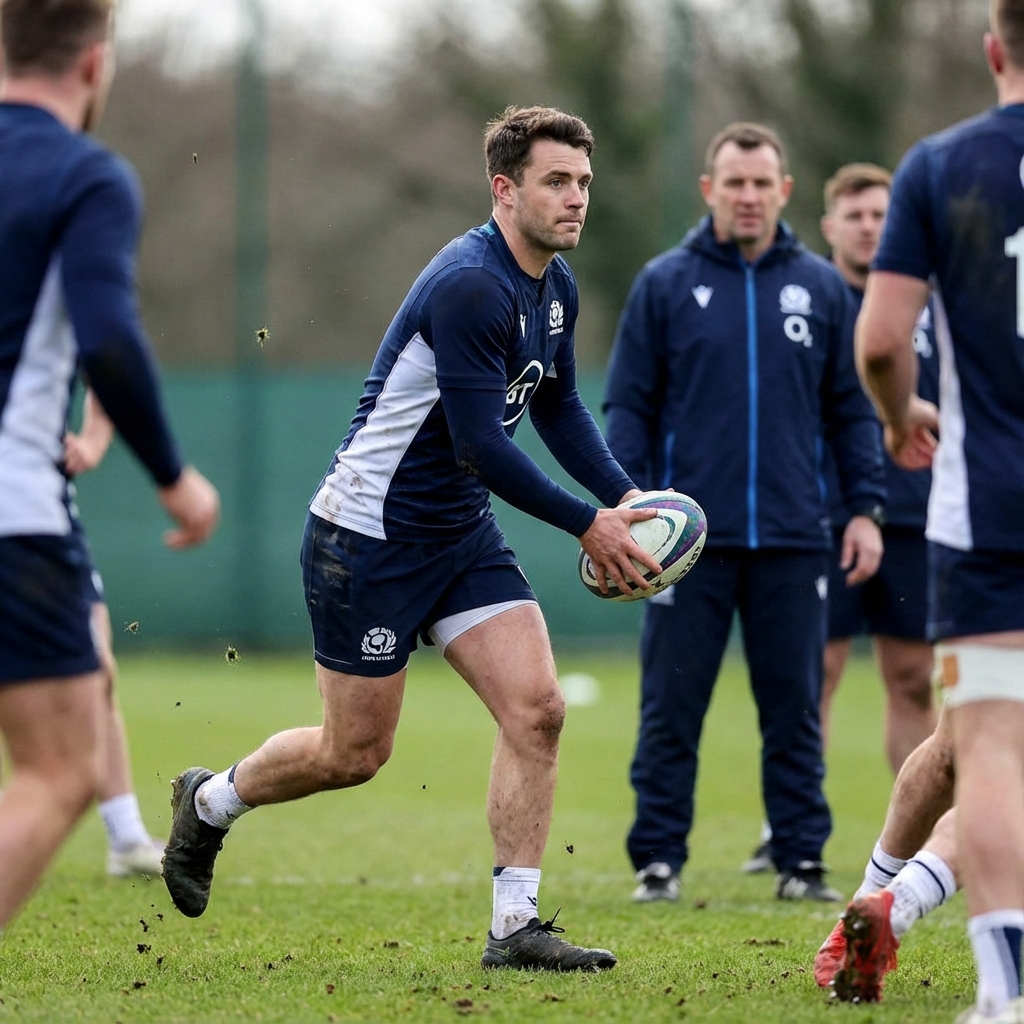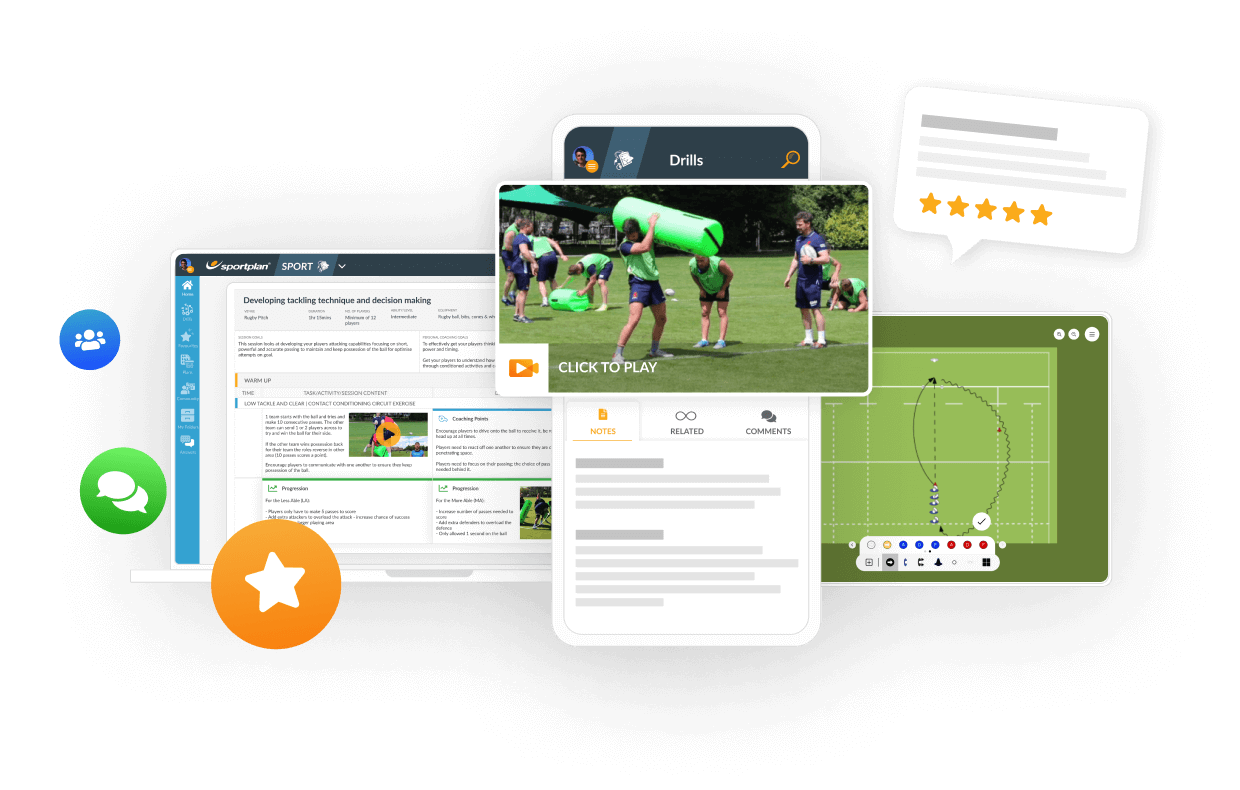Please can someone tell me the main differance in roles?
Please can someone tell me the main differance in the role of a loose head and tight head prop in a scrum?
Graham,
This is going to be a quick answer as there is masses you could write about these two positions!
In a nutshell:
Loosehead
- binds on the left hand side of the hooker and puts his head to the left of the opposing tighthead
- job is to help hooker strike for the ball by keeping the scum up
- He also needs to put the opposing hooker under pressure when the opposition have the put in
- Often quick around the field and almost another back row player in the loose
Tighthead
- binds on the right hand side of the scrum and has most of the weight/drive coming through his side
- for this reason the tighthead needs to be very strong
- on the opposition ball the tighthead wants to make life as difficult as possible for the opposing hooker
I hope this helps you,
Simon
Edited extract from:
http://en.wikipedia.org/wiki/Rugby_union_positions
1 Loosehead prop & 3 Tighthead prop
The role of both the loose- and tighthead props is to support the hooker in the scrum and to provide effective, dynamic support for the jumpers in the line-out. Along with the second row, the props provide the main power in the push forward in the scrum. Although it may look to the neutral observer that the two positions are quite similar (and some players have the ability to play on both sides of the scrum), the technical challenges of each are quite different. The laws of the game require the tighthead prop to bind with his right arm outside the left upper arm of his opposing loosehead prop and similarly they restrict what the loosehead prop can do with his left arm. Hence, the laws implicitly require the loosehead prop to be on the left side of the scrum. Although the scrum half may put the ball in on either side of the scrum, he is unlikely to choose the tighthead side because otherwise the opposing hooker would be between him or her and his or her own hooker. Props are also in the position of being able to direct the movement of the scrum in moving side to side to prevent the other team's scrum from "wheeling" the set scrum and forcing another "put in" from the opposing side."
The technical differences tend to be in the postioning of the head and direction of shove. The loose head is all the while trying to get under and shove slightly inward/upward of the tight head. The tighthead meanwhile is trying to defend this and do similar to the loose head. In a correctly bound and closely supervised environment of course none of that happens and it is a straight battle of wills and strength to move the scrum in whichever direction your team wishes.
Oh and of course; the loosehead is twice as good looking as the #3 counterpart! ![]()
me a loosehead..who would have thought!









